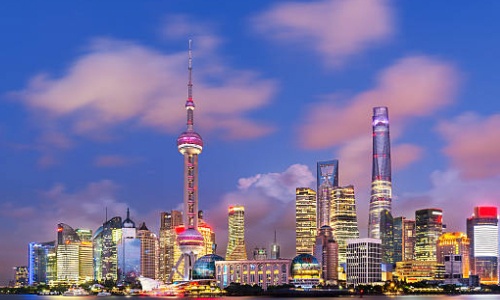
Beijing, China
Beijing is among the most developed cities in China, with tertiary industry accounting for 73.2% of its gross domestic product (GDP); it was the first post industrial city in mainland China. Beijing is home to 41 Fortune Global 500 companies, the second most in the world behind Tokyo, and over 100 of the largest companies in China. Its overall economic influence has been ranked number 1 by PwC. Finance is one of the most important industries. There are 751 financial organizations in Beijing generating revenue of 128.6 billion RMB, 11.6% of the total financial industry revenue of the entire country. That also accounts for 13.8% of Beijing’s GDP, the highest percentage of any Chinese city. Beijing’s nominal GDP is 1.37 trillion RMB. Its per capita GDP is 78,194 RMB. Beijing’s nominal GDP is 1.19 trillion RMB (US$174 billion). Its GDP per capita is 68,788 RMB (US$10,070). Beijing’s primary, secondary, and tertiary industries are worth 11.83 billion RMB, 274.31 billion RMB, and 900.45 billion RMB respectively. The Beijing central business district (CBD), centered on the Guomao area, has been identified as the city’s new central business district, and is home to a variety of corporate regional headquarters, shopping precincts, and high-end housing. Beijing is increasingly becoming known for its innovative entrepreneurs and high-growth startup companies. This culture is backed by a large community of both Chinese and foreign venture capital firms, such as Sequoia Capital, whose head office in China is in Chaoyang, Beijing. Though Shanghai is seen as the economic center of China, this is typically based on the numerous large corporations based there, rather than for being a center for entrepreneurship.







